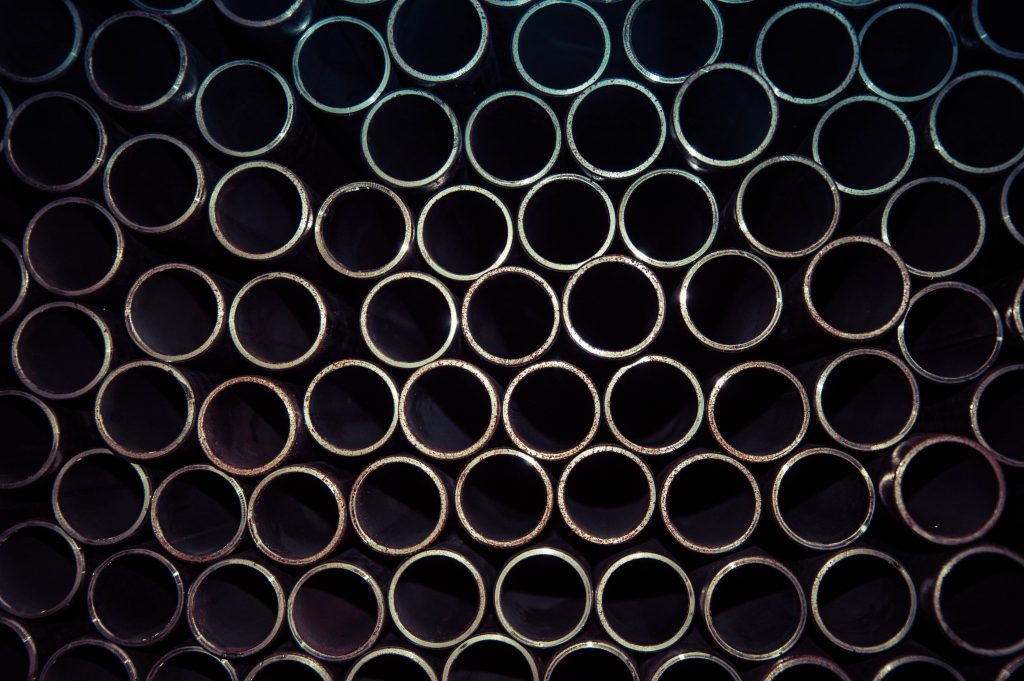Blog

The current situation on the steel market and what it means for you
Why prices and delivery times for fasteners continue to increase and how we can supply your inventory needs.
Prices have been climbing to unprecedented highs for weeks. You can find all the background information here:
In summer 2020, demand for steel fell sharply because of the COVID pandemic. As a result, blast furnaces were shut down and output was reduced. Now that the global situation is improving and production is starting up again, or in some cases, has already started up again, there are still shortages as demand cannot be met. The 6% increase in demand is offset by only a 4% increase in capacity. This is leading to longer delivery times and higher prices, including for fasteners.
Special materials, such as 1.4016 stainless steel, copper and aluminum, should be viewed very critically.
In January, the price of iron ore reached over $160 per ton for the first time in 10 years. It has now risen to over $200 per ton. Hot-rolled steel is no different. Towards the end of 2020, the price of hot-rolled steel climbed from €400 to more than €850. An improvement is not expected until the third quarter of this year at the earliest, but this forecast should be viewed with extreme caution!
Standard goods became 15% more expensive on average at the beginning of this year, and in most cases, prices are not negotiable. Availability is severely limited. Companies are increasingly turning to alternatives because there aren’t enough products available on the market.
Freight costs have also risen significantly.
In November 2020, the cost of importing freight from Asia was around $40 per ton; it is now around $190 per ton.
Because air, rail and sea freight transport routes are currently very busy, hoping for reduced prices at this point is rather unrealistic.
Delivery times continue to get longer …
Problems with procuring raw materials are extending delivery times, and additional production downtimes due to illness or lockdowns are not helping to ease the situation.
A further potential for delays lies in the lack of transport capacity:
Manufacturers are currently waiting around two weeks longer than before for a container and another two weeks for space on a transport ship. This adds 8-10 weeks of transportation time (instead of the previous approx. 6 weeks) to the production time for shipments from the Far East.
As a solution, we recommend:
Taking a close look at your consumption and your inventories, and planning for longer delivery times when replenishing your inventories.
We are happy to help you analyze your inventory ranges and develop risk assessments for the secure supply of your production. Together with our global partners, we’ll find the ideal solution for your company.
By the way: We have a huge inventory of A280s in stock -> here.